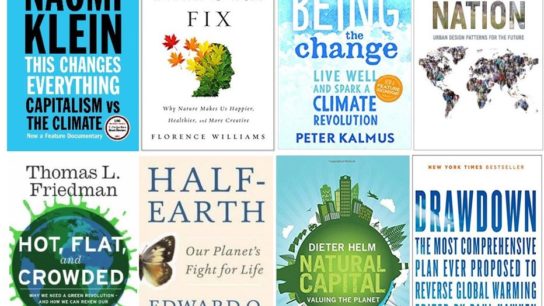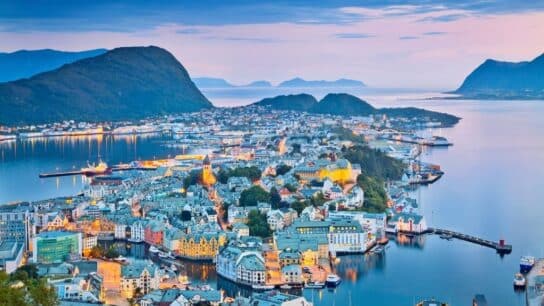What makes a city green? Resonance, a consultancy group in real estate, tourism, and economic development, recently published its latest index of the world’s greenest cities. Analysing the most visited cities in the world along with nine “green criteria”, the firm has determined the 10 greenest cities in the world.
—
Resonance examined the 50 most visited cities in the world to surface the planet’s greenest large cities based on a series of criteria. This set of nine criteria comprised the percentage of public green spaces, the percentage of total energy needs from renewable energy, the percentage of the population who use public transportation to go to work, the level of air pollution, per capita water consumption, walkability, availability of city-wide recycling, availability of city-wide composting as well as the number of farmer’s markets.
World’s Top 10 Greenest Cities
1. Vienna, Austria
This city has methodical city planning and ensures that public transport and green spaces are a massive part of its identity. Almost half of the city’s population holds an annual transit pass and uses it often.
2. Munich, Germany
Munich is one of the world’s most walkable cities and boasts an impressive transit system. Recent mobility infrastructure investments like the U-Bahn rapid transit system will lower car ownership in the future.
You might also like: New Zealand Plans to Wean Holiday Towns Off International Tourism
3. Berlin, Germany
Berlin is made for walking, with its abundance of open, public spaces and city parks. The city also has one of the lowest rates of per-capita water usage in Europe
4. Madrid, Spain
Madrid has an abundance of green space and is incredibly accommodating to pedestrians, with recent big-budget projects like making the central Gran Vía boulevard far safer and pleasant to stroll.
5. São Paulo, Brazil
This surprising entry on the list is due to the abundance of farmer’s markets in the city, as well as it being the largest users of renewable energy globally.
6. Manchester, United Kingdom
Manchester is well-suited for pedestrians, with plenty of drinking, eating and dancing options along streets. It also has one of Europe’s highest rates of public transport usage and a multitude of farmer’s markets.
7. Lisbon, Portugal
The city boasts some of Europe’s largest number of farmers markets, as well as ambitious recycling and composting programmes.
8. Singapore
The Gardens by the Bay, consisting of several hundred acres of cultivated parkland on reclaimed urban land in downtown Singapore, is a mini Central Park. The 18 solar-powered “supertrees”- each between 24 and 50 m tall- are now city icons. Additionally, city leaders are evolving the copious parklands into ‘therapeutic gardens’ designed for the elderly.
9. Amsterdam, Netherlands
Amsterdam is well-suited for pedestrians and is famous for its cyclists.
10. Washington D.C., US
The US capital has always been an underrated green oasis, peppered with public plazas and parks. The city also boasts a surprising amount of farmers markets.
These cities provide plenty of best practices that other cities- regardless of size- can implement as they recover from COVID-19 by implementing solutions in ways that may have been unthinkable a year or two ago. Infrastructure stimulus can be directed towards retrogrades of shuttered buildings and any of the low-carbon initiatives already underway in earnest in city members of groups like the C40 Cities Group and others. COVID-19 and the climate crisis are two realities gripping our daily lives. Tackling both simultaneously on a rapidly urbanising planet is not a choice. It’s the only way forward for the cities of the future.
Featured image by: Flickr

















